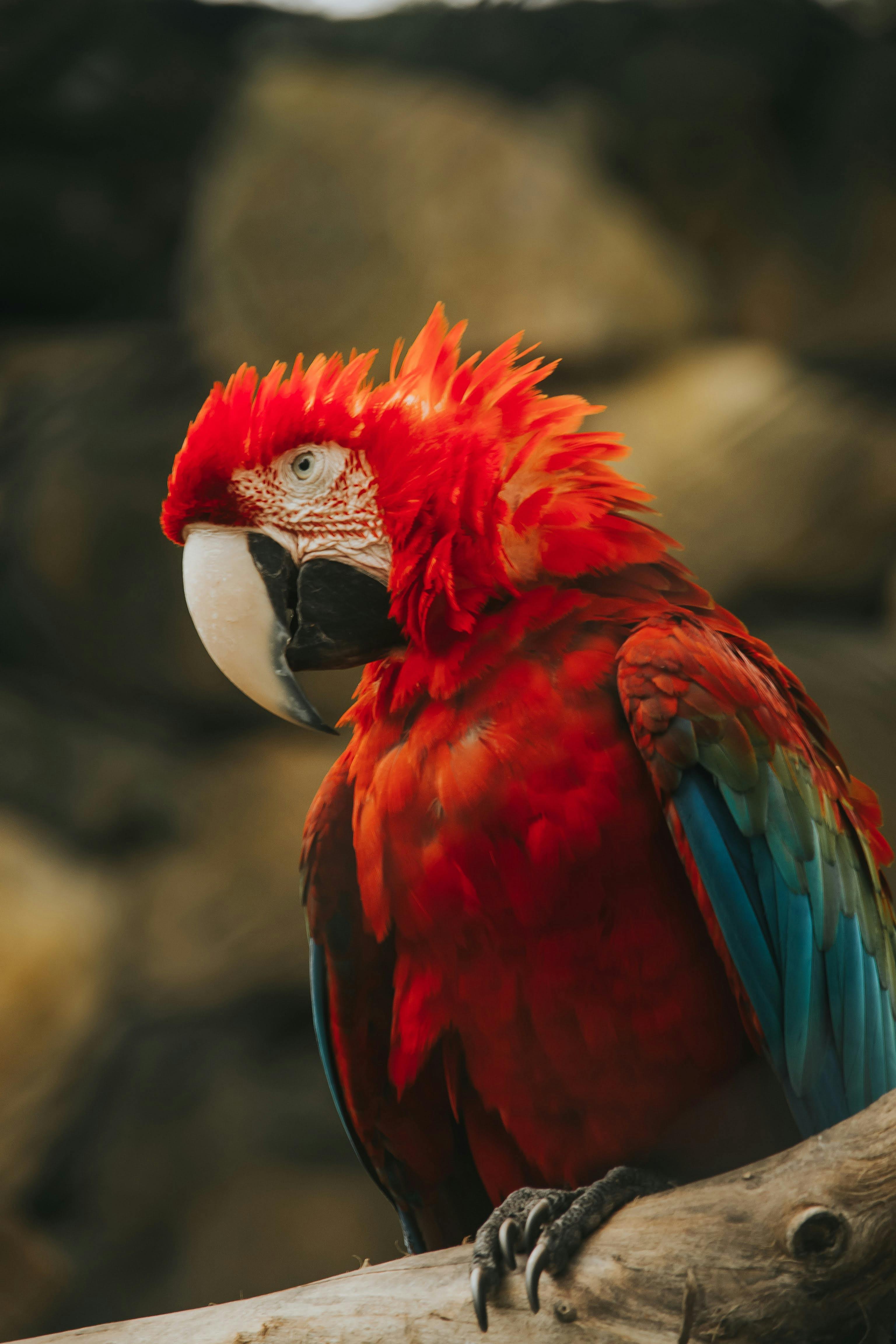Top 10 Effective Algae Solutions for a Vibrant Aquarium in 2025

Best 5 Algae Eaters to Consider for a Healthy Aquarium in 2025
Creating a thriving aquarium involves more than just aesthetic appeal; it requires maintaining a delicate balance in the ecosystem. Algae can quickly become a nuisance if not managed properly, leading to unsightly tank appearances and potential harm to other aquatic inhabitants. This is where algae eaters come into play. Algae eating fish, shrimp, and snails serve as natural solutions to help control algae growth, contributing to a healthier environment for your fish and plants.
In this article, we will explore the best algae eaters for both freshwater and saltwater aquariums in 2025. We will discuss their unique capabilities, compatibility with tank mates, and care requirements. By understanding these essential algae control fish, you can effectively manage algae in your aquarium and enhance your fish-keeping experience.
Moreover, we will provide practical tips for selecting the most suitable algae eating species for your setup, helping you ensure a clean, sustainable tank environment. Let’s dive deep into these effective algae eaters!

Essential Insights on Algae Eaters
Understanding Algae Eaters
Algae eaters, such as specific fish, shrimp, and snails, play a vital role in maintaining water quality in aquariums. By consuming green and brown algae, they help control the overgrowth that can lead to issues such as decreased oxygen levels and poor visibility. The selection of the right algae eating species can significantly affect your aquarium’s health and stability.
Types of Algae Eaters
There are several categories of algae eaters to consider based on your aquarium type: freshwater, saltwater, and invertebrates. Each category offers various species with unique eating habits and tank compatibility. Understanding these distinctions allows aquarists to choose algae eaters that will harmonize with their specific setups.
Benefits of Having Algae Eaters
Incorporating algae eaters into your aquarium provides numerous advantages, including natural algae control, improved water quality, and enhanced ecological balance. They also serve as an additional source of movement and activity, making your aquarium more dynamic and interesting.
Choosing Suitable Algae Eaters
When selecting algae eaters, consider factors such as tank size, the types of algae present, and compatibility with other fish. Not all algae eaters behave well with certain species, so it’s crucial to research and match their temperaments and maintenance needs accordingly.
Algae Eater Maintenance
To keep your algae eating fish healthy, ensure they receive a balanced diet beyond algae. Regular tank maintenance, including water changes and habitat enrichment, will support their well-being. Monitoring algae levels can also help prevent over-dependence on algae eaters, ensuring a balance in your aquarium's ecosystem.
Top 5 Algae Eaters for Aquariums in 2025
1. Siamese Algae Eater (Crossocheilus oblongus)
The Siamese Algae Eater is a fantastic option for freshwater tanks. Known for its efficient algae-eating capabilities, it thrives on a diet consisting mainly of hair algae, making it an ideal candidate for keeping the tank clean. This species is social and does well in community tanks. They can grow up to six inches in length, so ensure your aquarium has enough space for their active nature.
2. Bristlenose Pleco (Ancistrus spp.)
Bristlenose Plecos are an excellent choice for algae control in freshwater aquariums. These docile fish possess effective algae-digesting capabilities and are known for their unique bristles around the males' snouts. They do exceptionally well in planted tanks and can live comfortably in various water conditions. Ensure they have hiding spots to feel secure in your aquarium.
3. Nerite Snail
Nerite snails are among the best algae eaters for both freshwater and saltwater tanks. Due to their small size and efficient algae consumption, they are perfect for planted and reef tanks. One downside is that they require a brackish environment to breed, but they can still effectively keep algae levels in check in non-brackish setups.
4. Otocinclus Catfish
Otos are small, peaceful algae eaters suitable for community tanks. They prefer to be in groups, making them social creatures that thrive in well-maintained aquariums. While they primarily feed on softer algae types and biofilms, providing them with supplementary food items is essential for their health and growth.
5. Amano Shrimp (Caridina multidentata)
Amano shrimp are popular in planted tanks due to their ability to consume various algae types, including brown and green algae. They are peaceful and can live alongside most fish, making them excellent tank mates. Regular feedings of specialized shrimp foods will help ensure they have the energy to continue their algae-eating duties.

Practical Tips for Integrating Algae Eaters
Aquarium Setup for Algae Eaters
When setting up your aquarium for algae eaters, consider factors like tank size, water parameters, and the availability of hiding spots. A well-planned aquarium will encourage algae eaters to flourish and engage in their natural behaviors.
Feeding Algae Eaters
While algae eaters primarily depend on algae, providing a varied diet, including sinking pellets, blanched vegetables, or algae wafers, enhances their diet and supports optimal health. Moderation is key; overfeeding can lead to water quality issues.
Algae Eater Compatibility
It's essential to research before adding algae eaters to your aquarium. Some species may display territorial behavior or compete aggressively for food. Ensuring compatible tank mates will help maintain peace in your aquarium.
Common Algae Problems and Solutions
Recognizing and addressing algae-related issues quickly can prevent them from taking over your tank. Regular water changes, maintaining proper lighting, and introducing algae eaters contribute significantly to managing algae growth. Addition of algae control plants can also be effective.
Best Practices for Algae Eater Care
Continuously monitoring your algae eaters for signs of stress or health issues is crucial. Regularly check their diet, tank conditions, and compatibility with other species to ensure they're thriving in your aquarium environment.
Conclusion
Choosing the right algae eaters can have a significant impact on the overall health and aesthetic appeal of your aquarium. Incorporating species such as Siamese Algae Eaters, Bristlenose Plecos, and Amano Shrimp not only helps in algae control but also enhances the biodiversity of your aquatic environment. Through proper care and monitoring, these best algae eaters can provide effective, sustainable solutions for managing algae growth, resulting in a beautiful and vibrant aquarium. Explore more about algae control methods and the best fish for algae prevention!